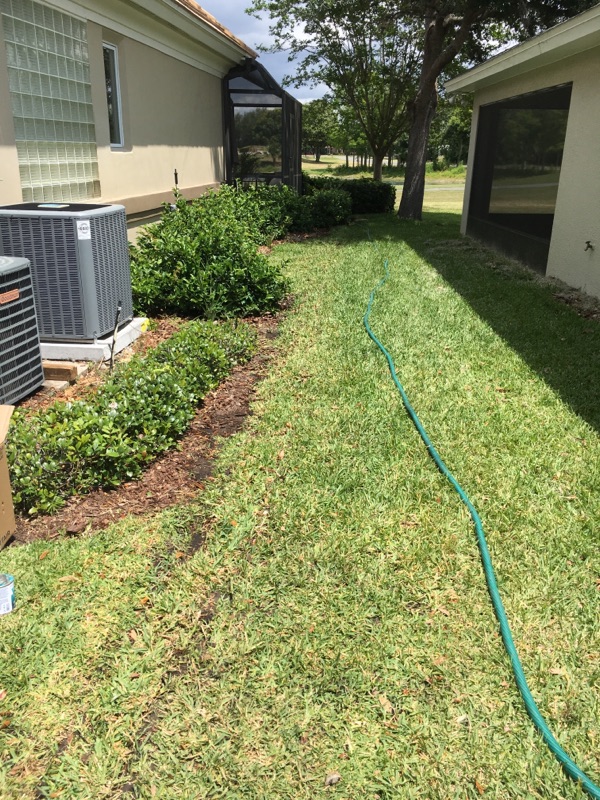Plant structure refers to the association of machinery, equipment, workstations, and other components inside a producing facility, industrial plant, or any workspace. The main function of plant structure is to design and arrange the bodily surroundings in a way that optimizes productiveness, effectivity, safety, and overall effectiveness. Here are the important thing purposes and objectives of plant layout:
Optimizing Productivity: One of the primary goals of plant layout is to maximise productivity by arranging workstations and gear in a logical and environment friendly sequence. An efficient layout reduces unnecessary material handling, minimizes bottlenecks, and ensures smooth workflow.
Minimizing Material Handling: Plant structure aims to attenuate the movement of materials, products, and elements inside the facility. By decreasing the distance and time required for materials handling, it saves time and labor costs.
Improving Efficiency: An effective plant format minimizes idle time, ready time, and downtime. It ensures that gear and resources are utilized to their full potential, resulting in improved efficiency and output.
Enhancing Safety: Safety is a vital consideration in plant layout design. The arrangement of equipment and tools ought to prioritize the security of workers, minimizing the risk of accidents, collisions, and publicity to hazards.

Reducing Costs: A well-designed plant structure can lead to price financial savings when it comes to labor, power, maintenance, and material dealing with. It also can assist establish opportunities for cost reduction and course of improvement.
Facilitating Quality Control: An organized plant layout makes it simpler to implement quality control measures by making certain that workstations and inspection points are strategically placed in the manufacturing course of.
Click for more and Adaptability: Plant layouts ought to permit for flexibility to accommodate adjustments in manufacturing volume, product combine, and technological developments. A flexible structure can adapt to evolving enterprise needs.
Optimizing Space Utilization: Effective use of obtainable space is a key consideration in plant format. Efficient house utilization can lead to value savings by reducing the necessity for additional sq. footage or warehouse house.
Enhancing Communication and Collaboration: The layout can influence communication and collaboration amongst workers. An open and well-organized structure can foster better communication and teamwork.
Minimizing Environmental Impact: Plant layout design can also contribute to environmental sustainability by optimizing resource usage, lowering waste, and minimizing energy consumption.
Compliance with Regulations: Plant layouts should adhere to regulatory requirements and safety standards, guaranteeing that the ability operates inside authorized and ethical boundaries.
Improving Morale and Job Satisfaction: A well-designed plant layout can contribute to a more comfy and organized work setting, bettering employee morale and job satisfaction.
Streamlining Maintenance: Easy entry to tools and machinery simplifies maintenance and repair tasks. An organized format can cut back downtime related to maintenance activities.
In abstract, plant format serves as a strategic tool for businesses and industries to optimize their operations and obtain numerous objectives, including productivity improvement, price discount, safety enhancement, and useful resource effectivity. It is a dynamic course of that must be periodically reviewed and adjusted to accommodate altering wants and technological advancements..
